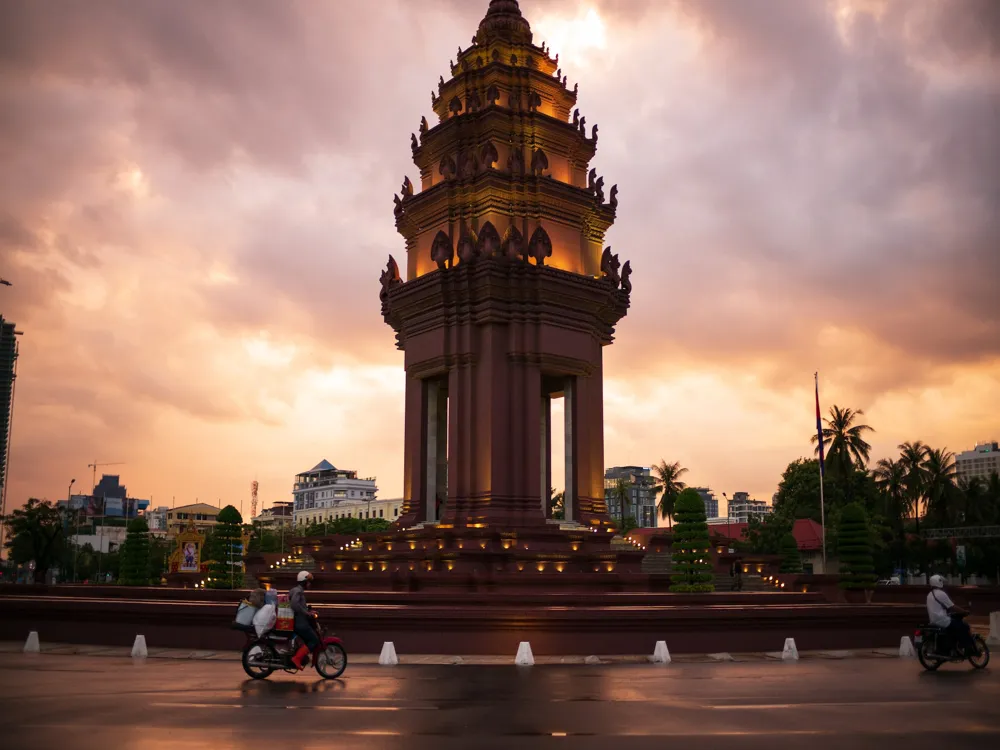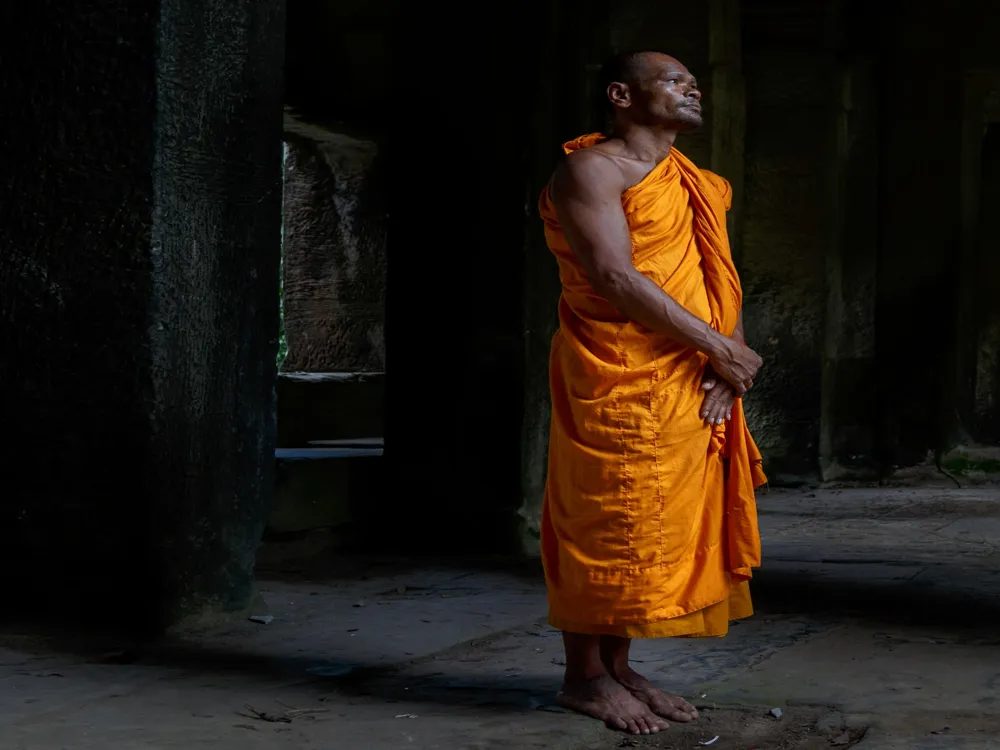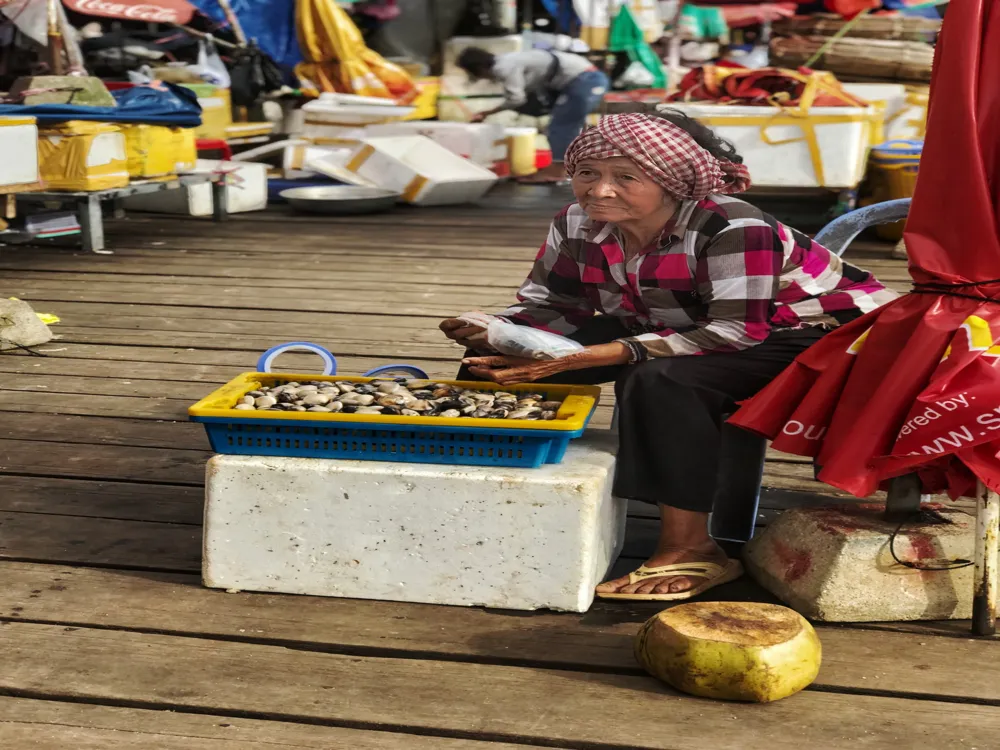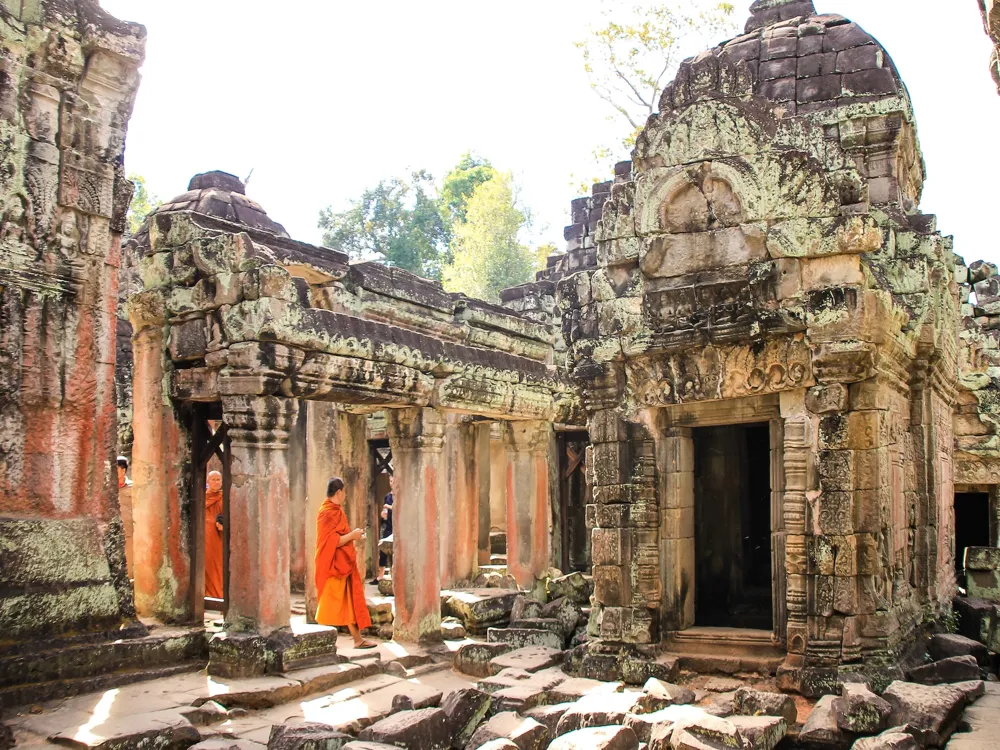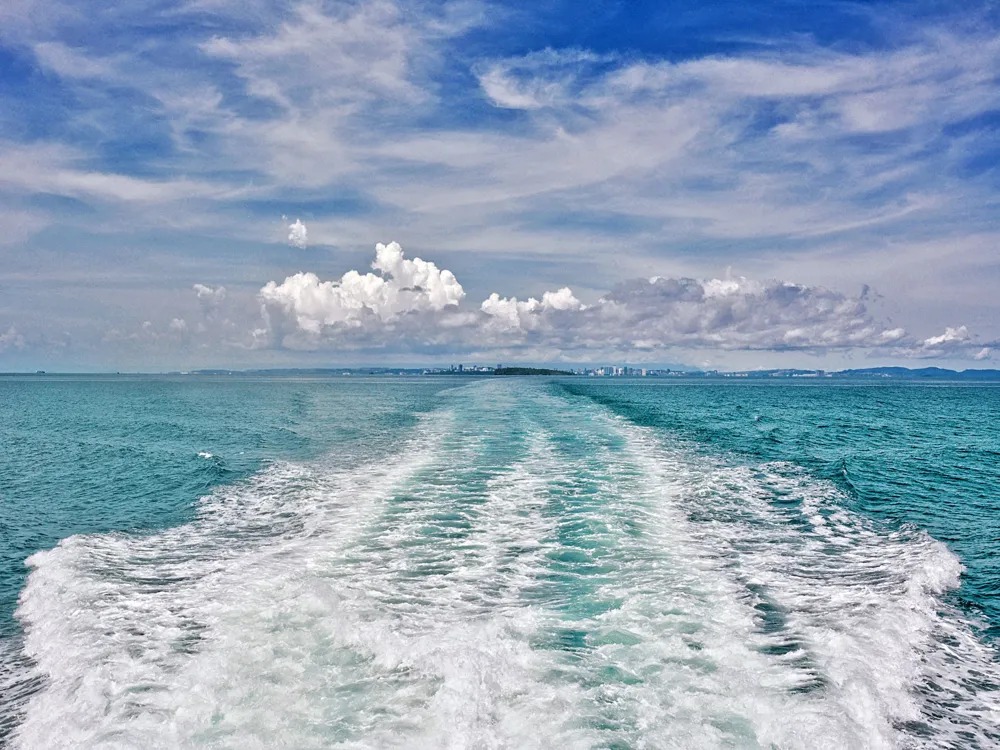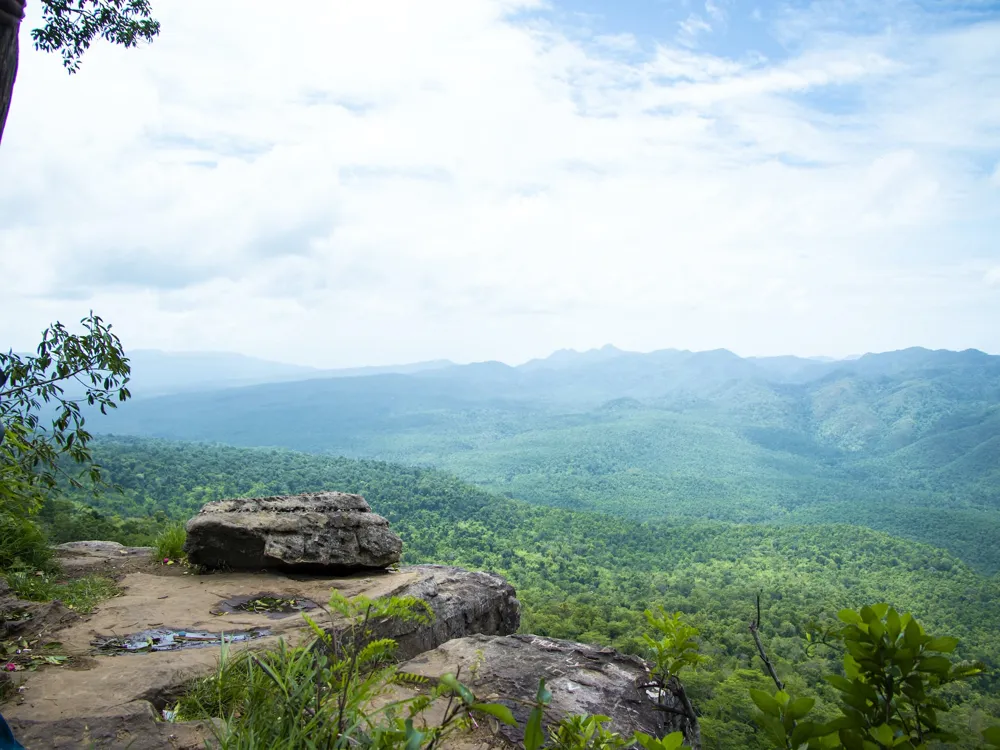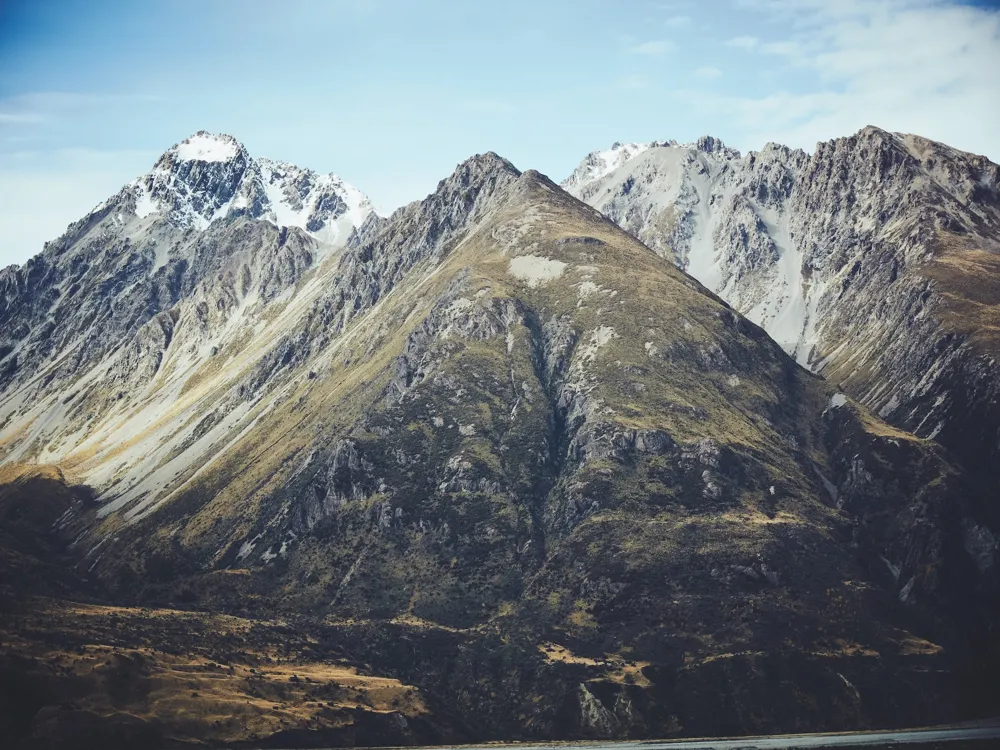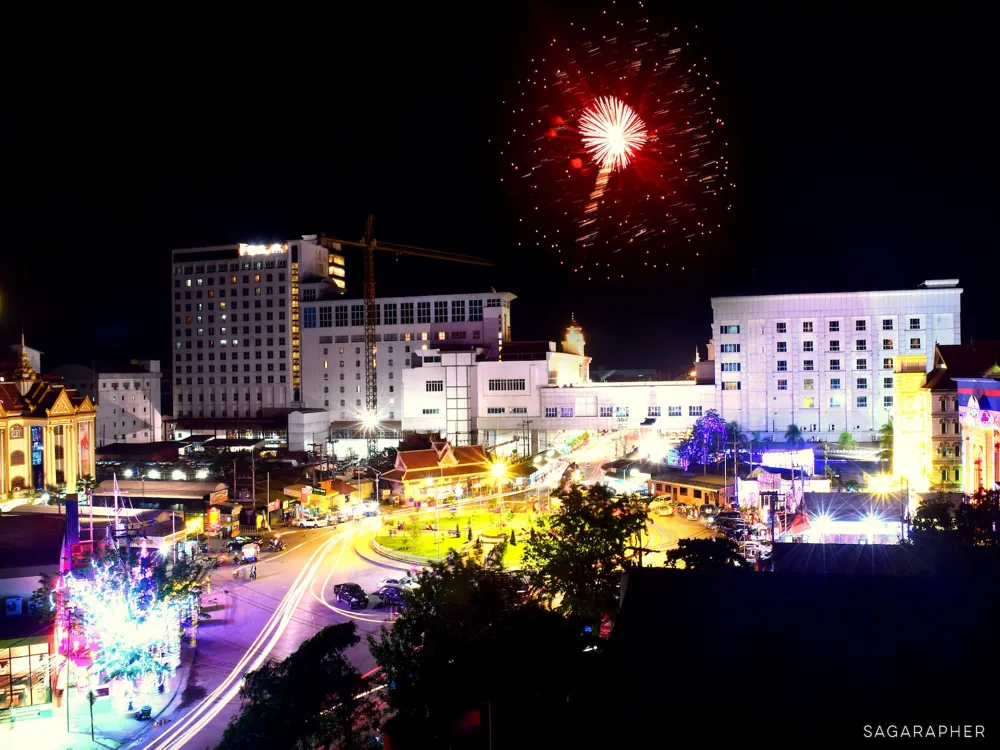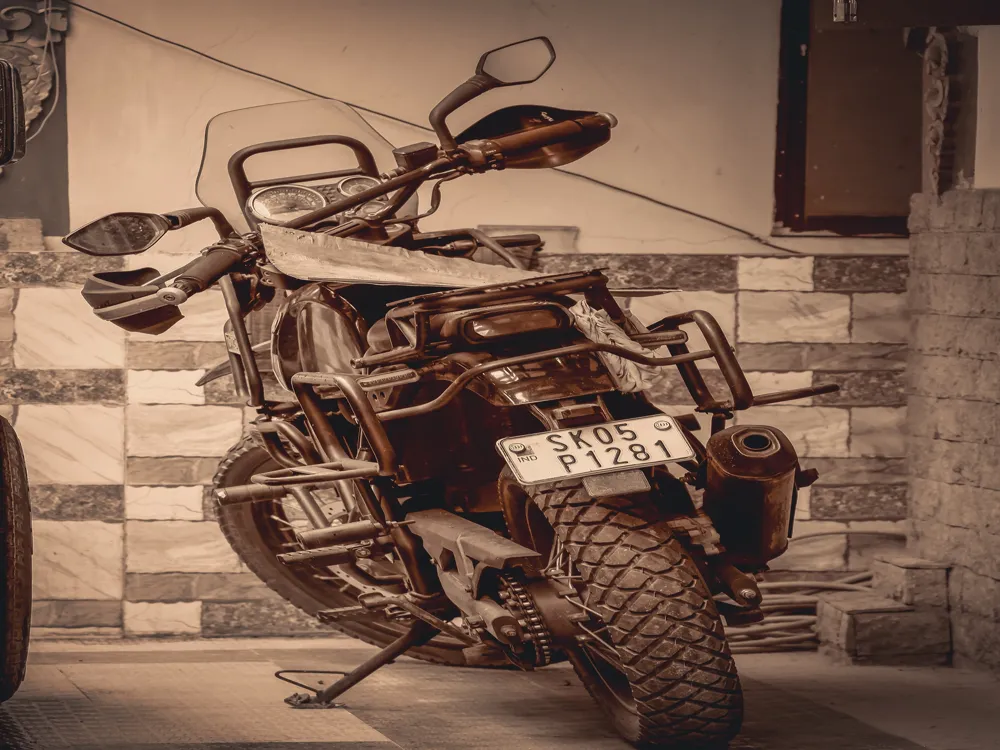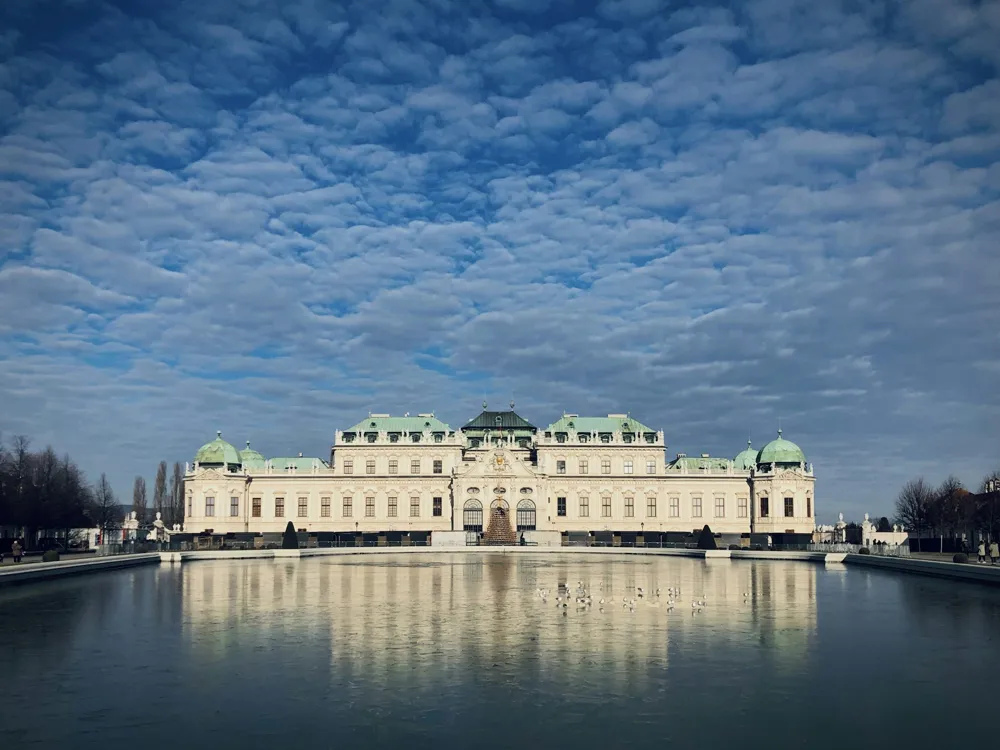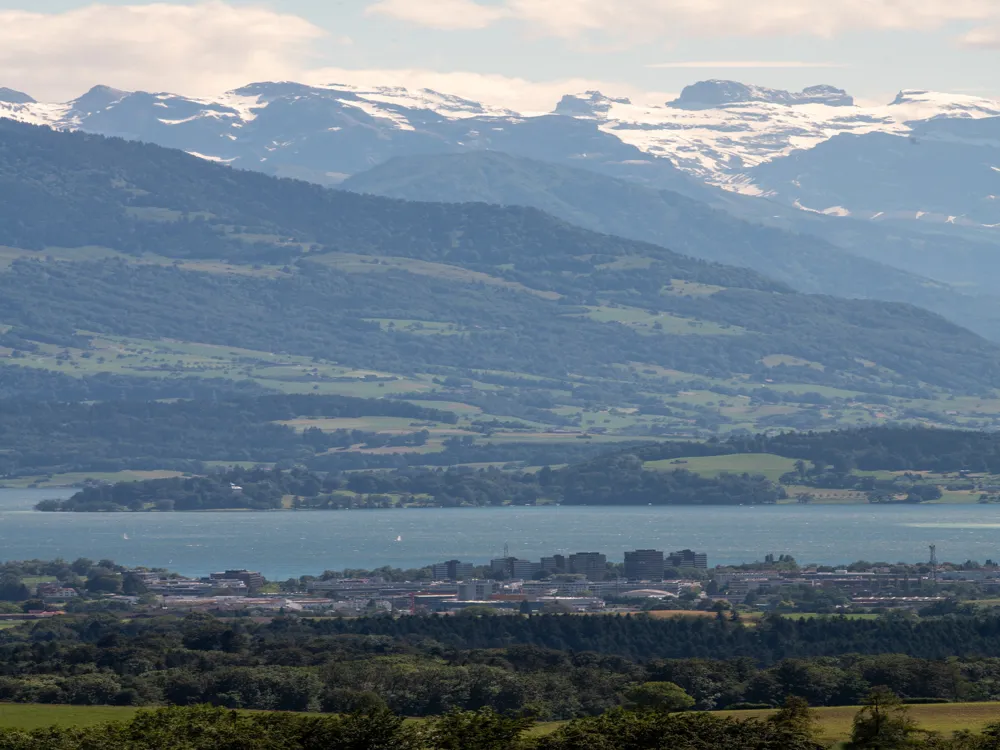Wat Ounalom is a magnificent symbol of spiritual and cultural significance in Phnom Penh, the vibrant capital of Cambodia. Established in the 15th century, it serves as the center of Cambodian Buddhism and is home to the Supreme Patriarch of the Cambodian Buddhist Sangha. Wat Ounalom offers a glimpse into the rich tapestry of Cambodian history and spirituality, attracting thousands of visitors and pilgrims each year. The temple complex is strategically located on the banks of the Tonle Sap River, offering serene views and a peaceful ambiance amidst the bustling city life. The complex comprises over 40 buildings, including living quarters for monks, a library, and several stupas. The architecture of Wat Ounalom is a testament to the intricate craftsmanship and artistry of Cambodian artisans, reflecting both the religious and aesthetic values of the Khmer culture. One of the most significant aspects of Wat Ounalom is its role in preserving Buddhist teachings and Cambodian heritage. The temple is not just a place of worship but also a center for Buddhist education, where monks and laypeople alike come to study and practice the teachings of the Buddha. The temple's rich history is closely intertwined with the political and social changes in Cambodia, having survived periods of turmoil and restoration. Visitors to Wat Ounalom are greeted by the impressive sight of its main stupa, which is said to house an eyebrow hair of Buddha, making it one of the most revered sites in Cambodian Buddhism. The temple's walls and altars are adorned with intricate carvings and paintings depicting various Buddhist stories and legends, adding to the spiritual ambiance of the place. The temple also serves as a repository of numerous religious and historical artifacts, offering insights into the Buddhist traditions and Cambodian culture. In summary, Wat Ounalom is not just a temple but a living museum, a center of learning, and a beacon of peace and spirituality. It stands as a testament to the resilience and devotion of the Cambodian people and continues to be a source of inspiration and solace for many. The architecture of Wat Ounalom is a splendid example of Khmer religious art and construction, showcasing the intricate craftsmanship and artistic heritage of Cambodia. The temple complex, spread over a large area, consists of several structures, each with its unique architectural features and spiritual significance. The Main Stupa, standing majestically at the center of the complex, is an architectural marvel. Its design is emblematic of traditional Khmer stupa architecture, featuring multiple tiers that taper gracefully towards the sky. The stupa is adorned with intricate carvings and statues of Buddhas and deities, symbolizing the Buddhist cosmos. The presence of the eyebrow hair of Buddha housed within this stupa adds immense religious significance to this structure. The vihara, or the main prayer hall, is another significant architectural feature of Wat Ounalom. The hall is spacious, with high ceilings and large, open windows that allow natural light to illuminate the interior. The walls and ceilings are adorned with elaborate murals and frescoes depicting scenes from the Buddha's life and other Buddhist legends. These paintings not only serve a decorative purpose but also act as a visual medium for imparting Buddhist teachings. Around the main structures are several smaller shrines and pavilions, each with its distinctive architectural style. These include the library, which houses ancient Buddhist manuscripts and texts, and living quarters for the monks. The harmonious blend of different architectural elements within the complex creates a sense of balance and tranquility, reflective of Buddhist principles. The use of local materials like sandstone and laterite in the construction of Wat Ounalom is notable, as it demonstrates the resourcefulness and ingenuity of Khmer architects. The temple's design also incorporates various elements of nature, such as lotus motifs and water elements, symbolizing purity and enlightenment in Buddhist philosophy. In essence, the architecture of Wat Ounalom is a physical manifestation of Cambodian spiritual and artistic expression. It is a place where art, religion, and history converge, offering a captivating experience to all who visit. When visiting Wat Ounalom, it's important to dress modestly as a sign of respect. This means covering shoulders and knees, and avoiding revealing or tight clothing. Traditional Cambodian scarves, known as 'Kramas', can be used to cover up if needed. Monks are highly respected in Cambodian culture. When interacting with them, it's important to show respect by speaking softly, not interrupting, and avoiding physical contact. Additionally, observe local customs such as removing shoes before entering certain areas of the temple. Photography is generally permitted in Wat Ounalom, but always be respectful and discreet. Avoid using flash inside the prayer halls and ask for permission before taking photos of monks or worshippers. Wat Ounalom is usually open from early morning until late afternoon. Plan your visit accordingly and be mindful of the temple's serene environment. Keep noise to a minimum and switch off mobile phones or keep them on silent mode. Consider taking a guided tour for a more insightful experience. Guides can provide valuable information about the temple's history, architecture, and religious significance, enhancing your understanding and appreciation of Wat Ounalom. Wat Ounalom is conveniently located in Phnom Penh and is easily accessible by various means of transportation. Visitors can opt for a tuk-tuk or a taxi for a more comfortable journey. For those who prefer public transport, buses are available, although the service might be limited. It's also feasible to walk or cycle to the temple if you're staying nearby, as it offers a chance to explore the city's vibrant streets up close. Additionally, for tourists staying at riverside hotels, a leisurely walk along the Tonle Sap River to reach Wat Ounalom can be a pleasant experience. Read More:Overview of Wat Ounalom in Phnom Penh
Architecture of Wat Ounalom
Tips When Visiting Wat Ounalom
Dress Appropriately
Respect the Monks and Local Customs
Photography Etiquette
Visiting Hours and Etiquette
Guided Tours
How to Reach Wat Ounalom
Wat Ounalom
Phnom Penh
₹ 19,999 onwards
View phnom-penh Packages
Weather :
Tags : Temple
Timings : 6 AM to 6 PM
Time Required : 2 to 3 hours
Entry Fee : Free entry
Planning a Trip? Ask Your Question
Phnom-penh Travel Packages
View All Packages For Phnom-penh
Top Hotel Collections for Phnom-penh

Private Pool

Luxury Hotels

5-Star Hotels

Pet Friendly
Top Hotels Near Phnom-penh
Other Top Ranking Places In Phnom-penh
View All Places To Visit In phnom-penh
View phnom-penh Packages
Weather :
Tags : Temple
Timings : 6 AM to 6 PM
Time Required : 2 to 3 hours
Entry Fee : Free entry
Planning a Trip? Ask Your Question
Phnom-penh Travel Packages
View All Packages For Phnom-penh
Top Hotel Collections for Phnom-penh

Private Pool

Luxury Hotels

5-Star Hotels

Pet Friendly









/choeung-ek-genocidal-center-killing-fields-slider-1.webp)
